Dear,
I’m following the tutorial:
TORCHVISION OBJECT DETECTION FINETUNING TUTORIAL
https://pytorch.org/tutorials/intermediate/torchvision_tutorial.html
I’m able to train and test it on my own dataset with eyes. The problem I have is that the tutorial only covers 2 classes: background and people. The masks are made:
‘zeros’ = background
‘ones’ = instance number 1
‘twos’ = instance number 2
The last 2 instances in this case are the same class: People.
What do I have to change to make it work for multiple classes. I.e. I want to classify: pupils, iris, and background (3 classes).
Do I have to make separate masks for pupils and irises , i.e.:
Folder1
‘zeros’ = background
‘ones’ = iris
Folder2
‘zeros’ = background
‘ones’ = pupil
or can I identify them in 1 overall mask:
‘zeros’ = background
‘ones’ = iris
‘twos’ = pupil
The code also mentions: num_classes = 2
changing this to 3 doesn’t really makes sense because I don’t know what the setup should be.
Kind regards
Rasmus
